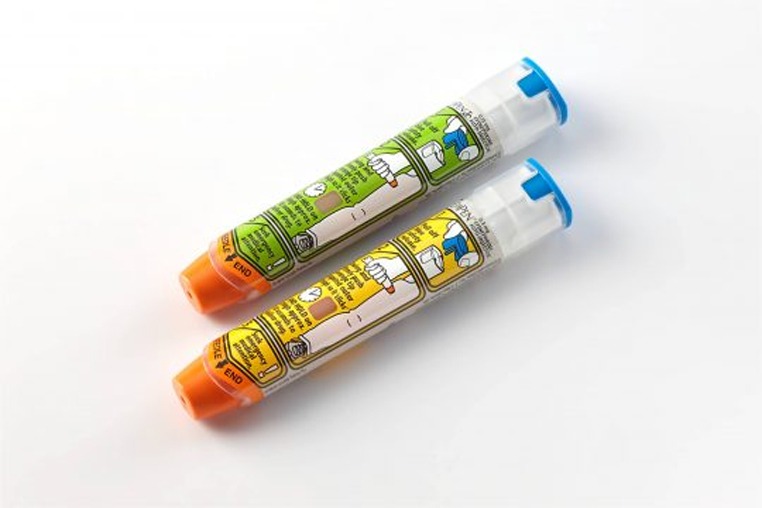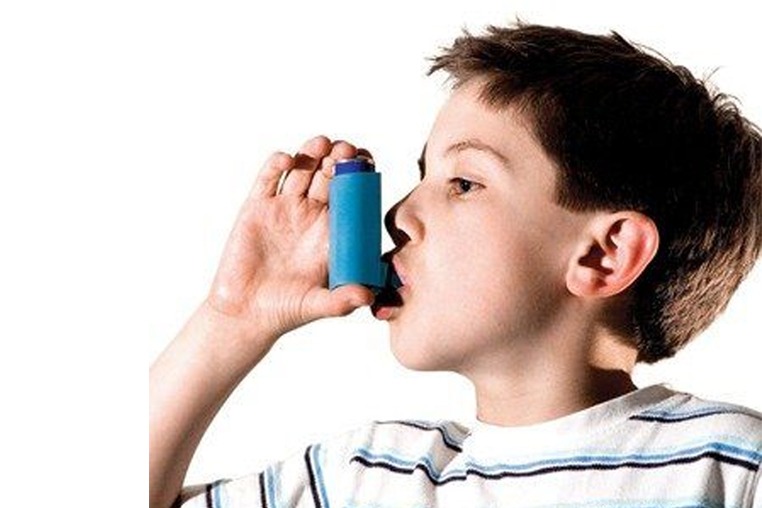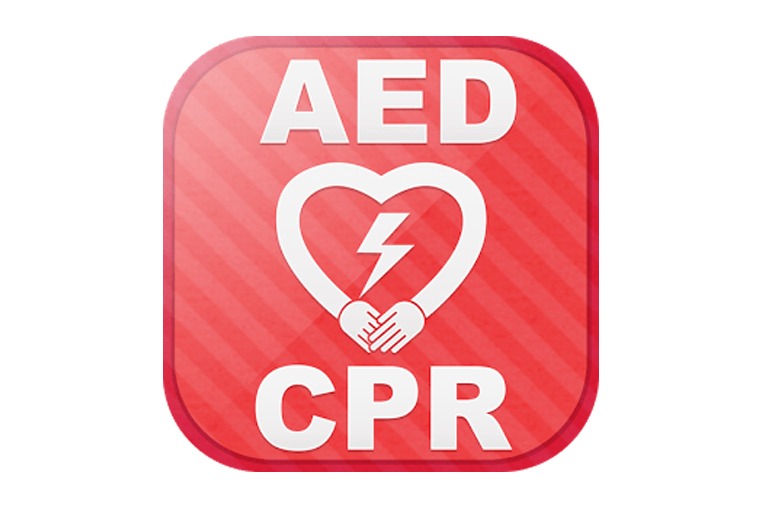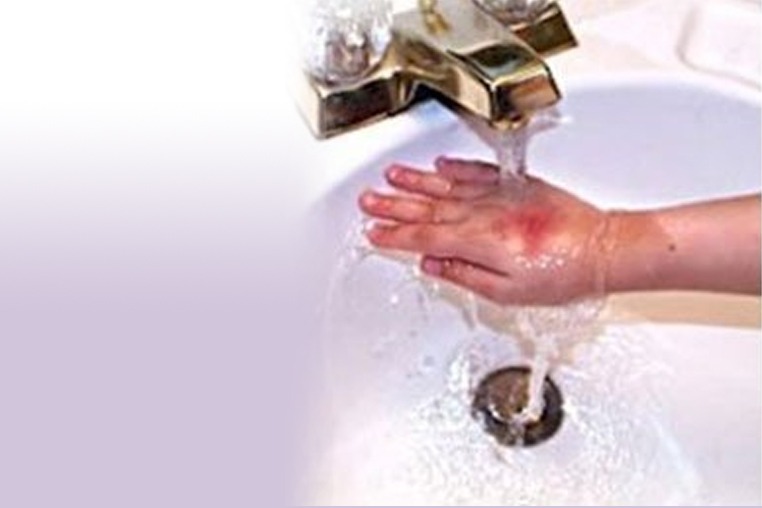With spring – and pollen – in the air, GPs are being asked to prepare their patients for the upcoming thunderstorm asthma season.
In a bid to identify patients who may be at risk of thunderstorm asthma attack, GPs are being urged to ask ‘their wheezers if they sneeze, and sneezers if they wheeze’.
Ten people died in the epidemic thunderstorm asthma event in Melbourne in 2016.
Research published in The Lancet Planetary Health shows more than 70% of the patients in the Melbourne epidemic had untreated airway hyper-responsiveness, previous asthma with no symptoms in the past year, asthma-like symptoms not diagnosed, or seasonal allergic rhinitis with no asthma symptoms.
Professor Amanda Barnard, GP and the Chair of National Asthma Council Australia’s Guidelines Committee, told newsGP there are people with asthma whose symptoms are triggered in the spring through seasonal allergies.
‘We know that the people whose asthma attacks are triggered by thunderstorm, in particular, have ryegrass pollen allergies,’ she said.
Professor Barnard suggests GPs discuss these triggers with their patients.
‘Ask all your patients who wheeze – so everybody who has got asthma – if they also sneeze, [because] if they had allergic rhinitis as well they are particularly at risk,’ she said.
‘But also, people who have allergic rhinitis are at risk, so people who sneeze coming into this season. It’s really important that we [ask if] those people also wheeze or have any history of asthma.
‘So ask your wheezers if they sneeze, and ask your sneezers if they wheeze, which sounds a bit simplistic, but it’s getting across the notion that these people are particularly at risk of asthma that’s triggered by the release of pollens during thunderstorm.’
Epidemic thunderstorm asthma is thought to be triggered by a unique combination of high pollen levels and a certain type of thunderstorm, causing a large number of people to develop asthma symptoms over a short period of time.
Grass pollen grains are swept up in the wind and carried for long distances; some can burst open and release tiny particles that are concentrated in the wind gusts that come just before a thunderstorm. These particles are small enough to be breathed deep into the lungs and can trigger asthma symptoms, making it difficult to breathe.
This can become very severe, very quickly, and many people may require medical help at the same time.
The research in The Lancet Planetary Health shows those affected in 2016 were not the very young or very old, but rather those aged 20–59. Reasons behind this could include that individuals of this age are perhaps more likely to be outdoors, and potentially more active. Both of these factors would increase allergen load.
There was also a high prevalence of Asian or Indian ethnicity among the patients, including six of the 10 deaths.
Professor Barnard said it is especially important that the multicultural communities identified in the research, including any recently arrived immigrants, are ready for future thunderstorm asthma events.
‘People with asthma and/or allergic rhinitis need to ensure that they proactively manage their symptoms,’ she said. ‘This includes having an up-to-date asthma action plan in place, prepared by their GPs. Those with poorly controlled asthma have the worst outcomes.
‘There is also a need for patients to better understand their risks and how to protect themselves and others, including how to apply asthma first aid.’
Professor Barnard said that, in primary care, prevention of asthma triggered by thunderstorms is based on:
- year-round asthma control
- regular low-dose inhaled corticosteroid treatment for most adults with asthma
- management of seasonal allergic rhinitis, including preventive intranasal corticosteroid treatment during the pollen season
- avoiding exposure to thunderstorms
- ensuring appropriate access to relievers during grass pollen season.
She said GPs can work with patients to maximise adherence with their medications, as well as ensuring they are using inhalers correctly.
‘We also know a whole lot of people don’t use their medication correctly so, therefore, the medications aren’t getting down into the lungs and doing the work that it should be doing,’ Professor Barnard said.
National Asthma Council Australia is holding six educational workshops on thunderstorm asthma for health professionals throughout September.
The workshops, which are running until 20 September, will include information on how to identify and manage at-risk patients, prevention and treatment of thunderstorm asthma, and managing allergic rhinitis in people with asthma.
Book in to our first aid courses in Canberra at www.canberrafirstaid.com



 Dr Giovanni Zurzolo says the Precautionary Allergen Label system should be regulated and standardised, rather than voluntary.
Dr Giovanni Zurzolo says the Precautionary Allergen Label system should be regulated and standardised, rather than voluntary.


























